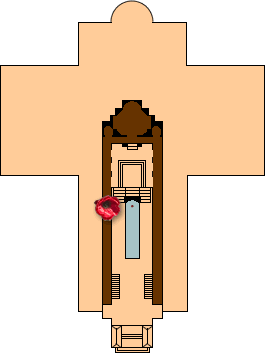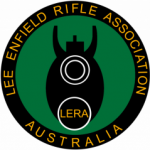Please note: More information is being sourced on this donation and will be updated when information is forthcoming. Should you wish to add information on this shotgun or Pvte Bain please email media@leraa.com
The Pieper ‘Original Diana’ 12g shotgun
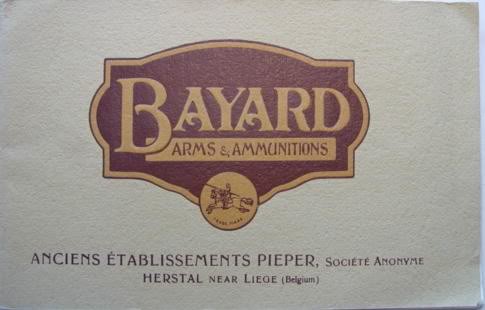
Anciens Etablissements Pieper 1866-1950 Herstal, Bayard, Belgium
Potentially model 359/459. Approx 1909. Blue finished barrel and engraved trigger guard, case hardened and engraved frame and hammers. The top rib of the barrel is marked Pour Poudres Vives. The left barrel is marked Anc. Etabl. Pieper, with the right barrel marked Herstal Belgique. Butt plate features a stamped knight on horseback, marked Bayard. With Belgian proofs on underside of the barrels. Checkered walnut stock and forearm

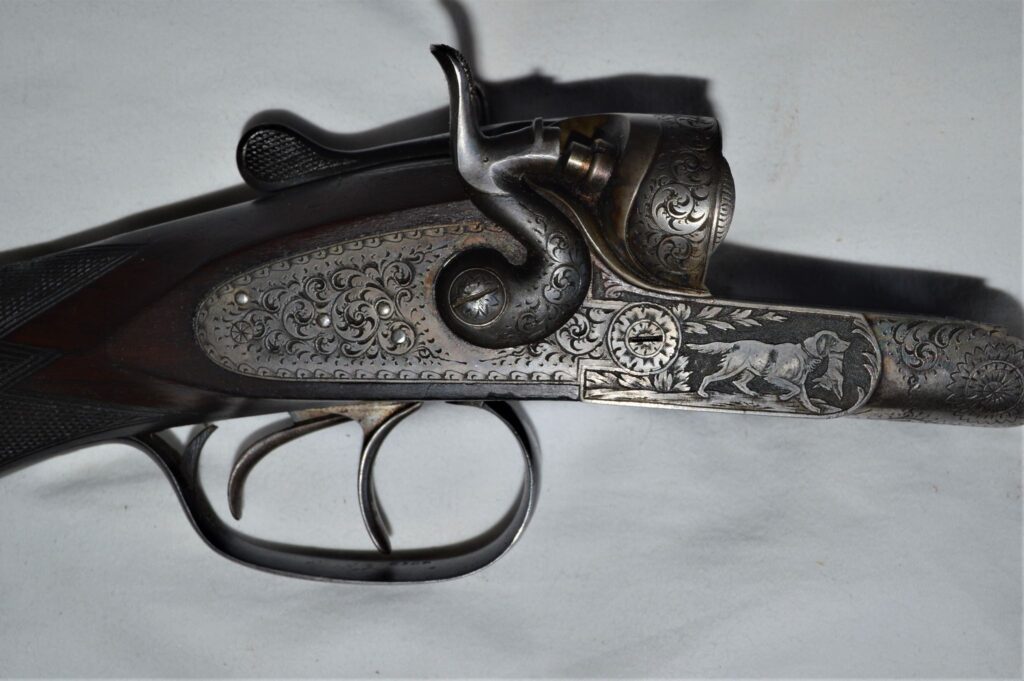
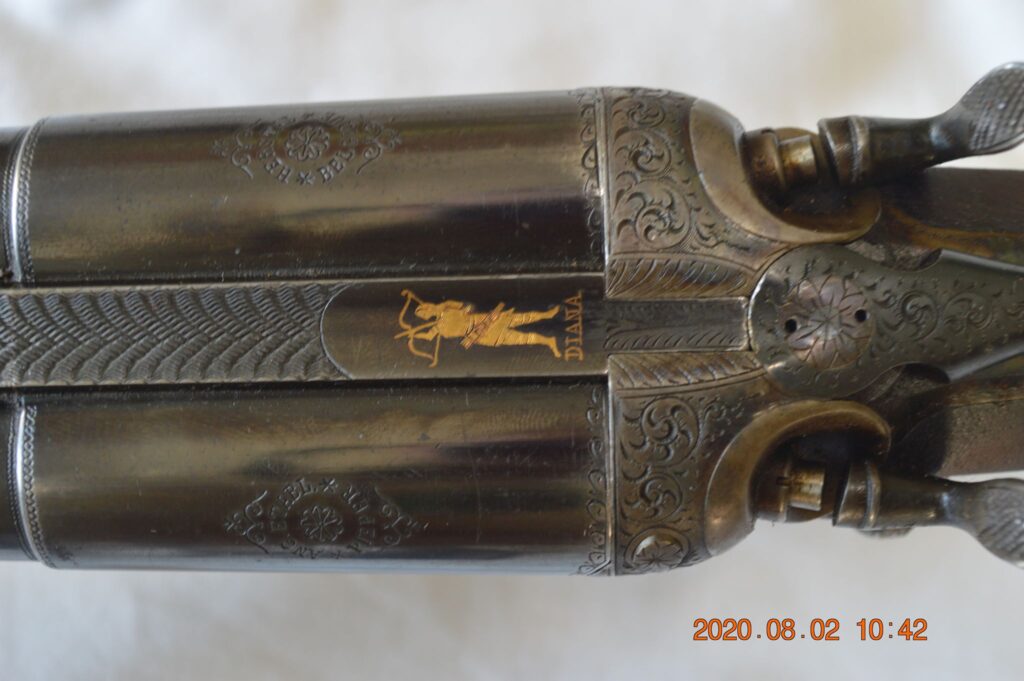
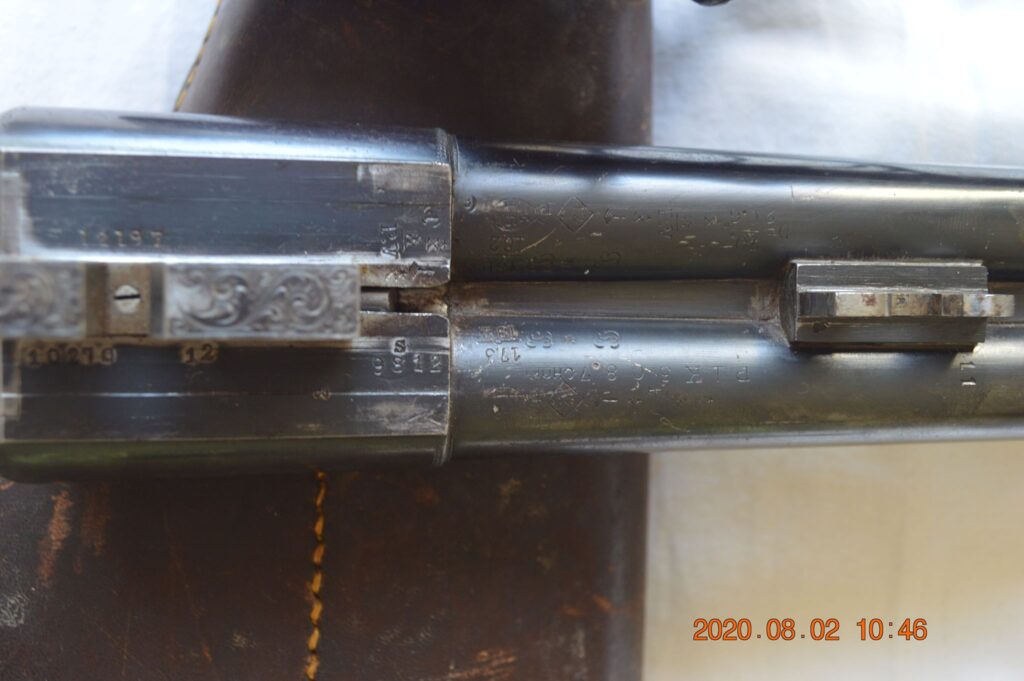
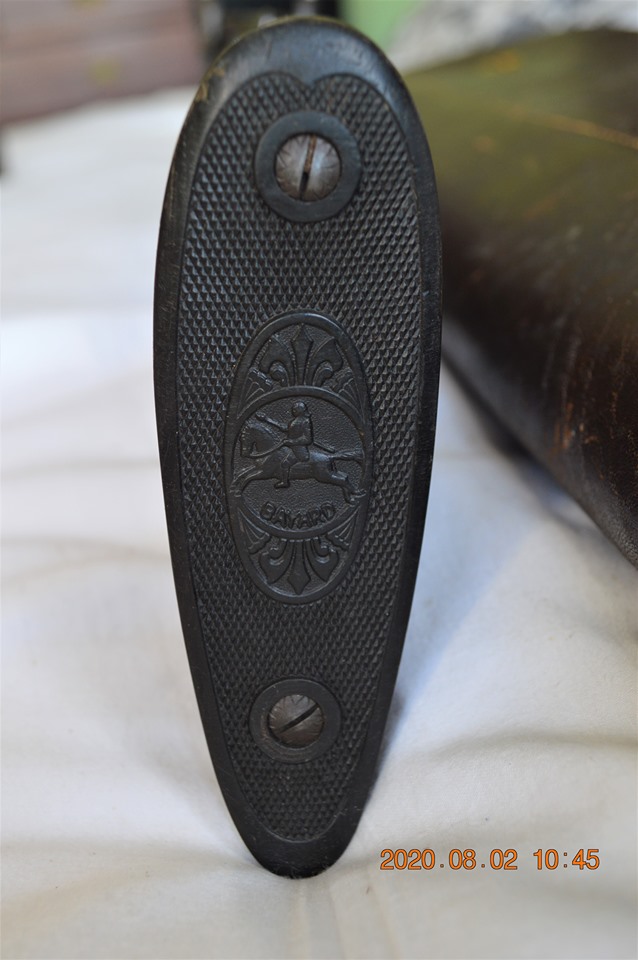
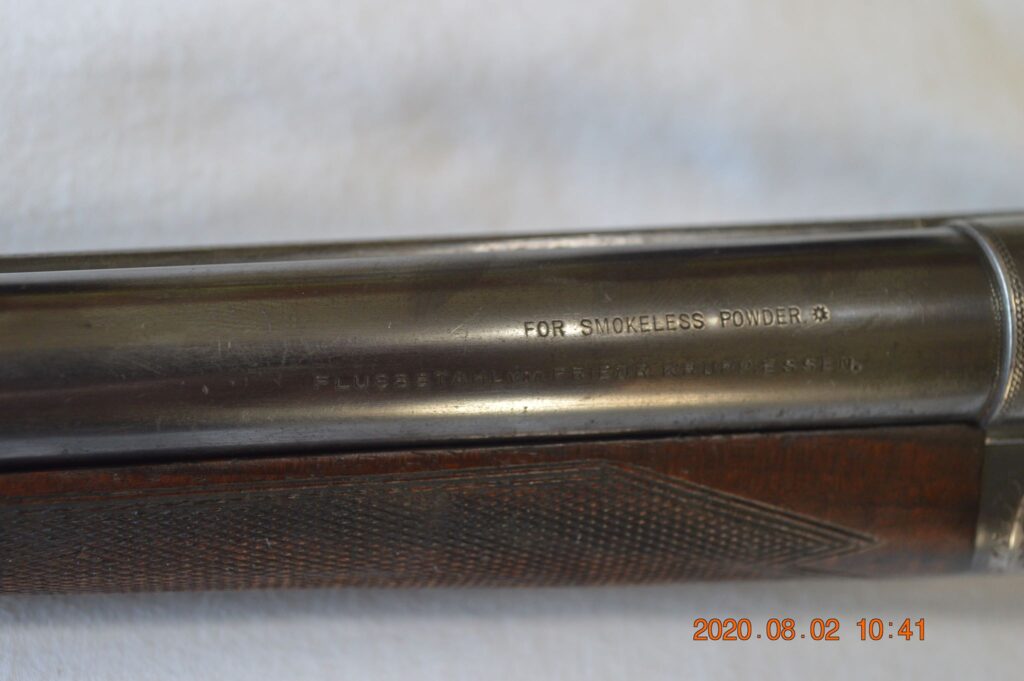
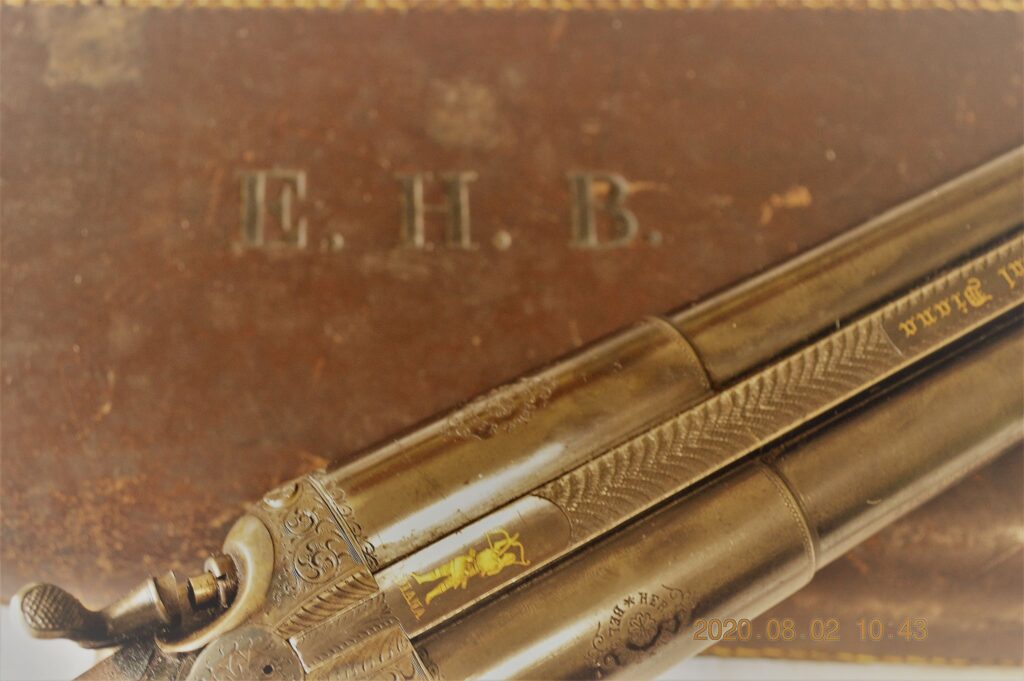
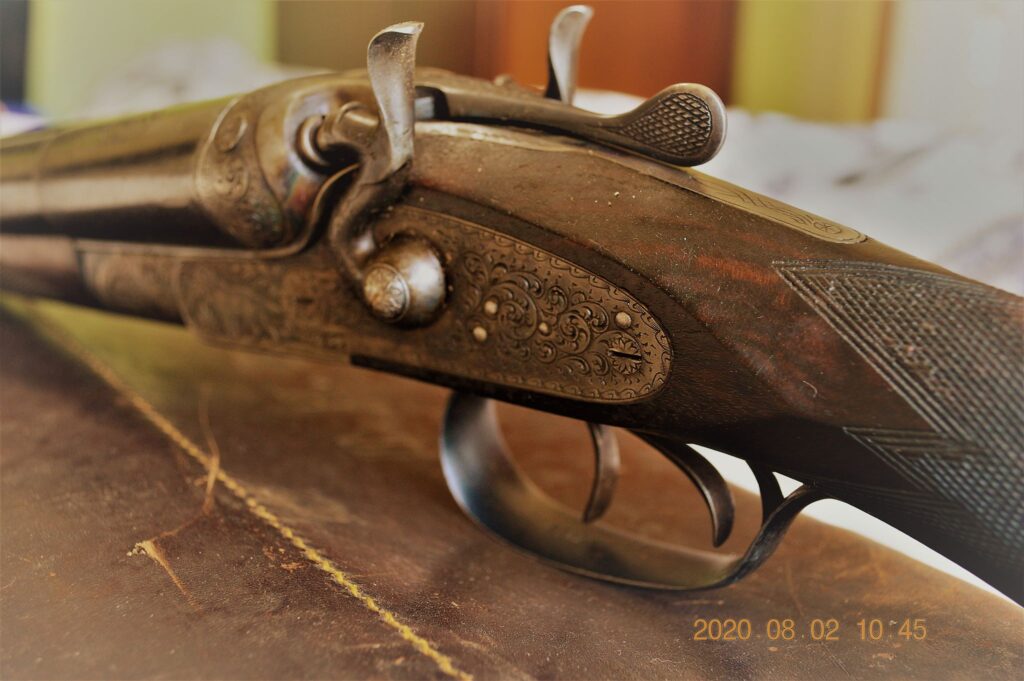
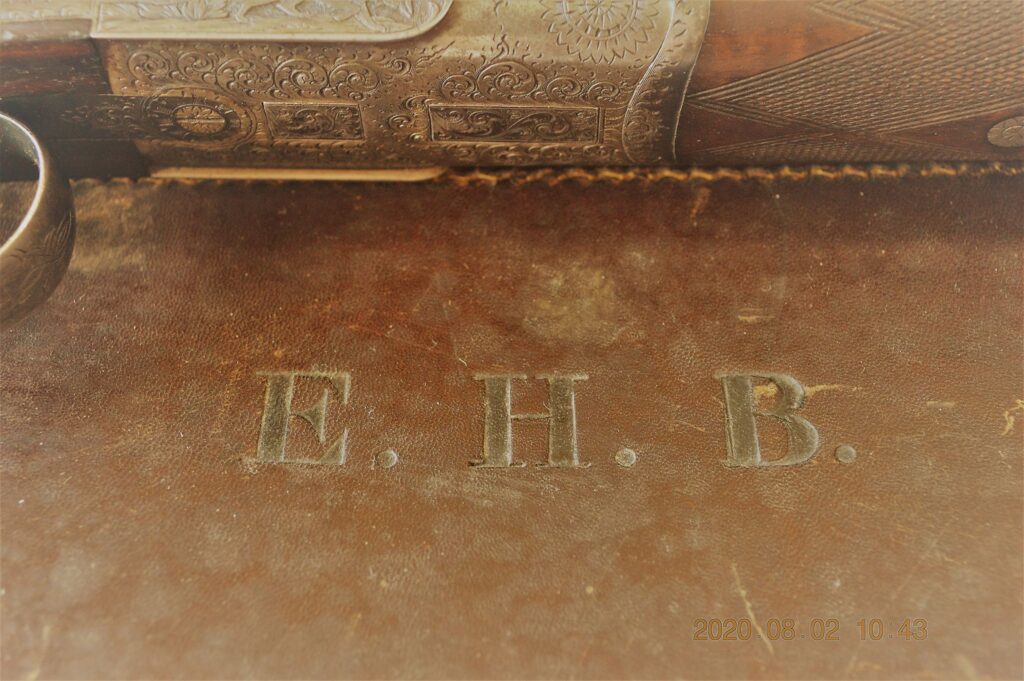

Pvte Edward H H Bain 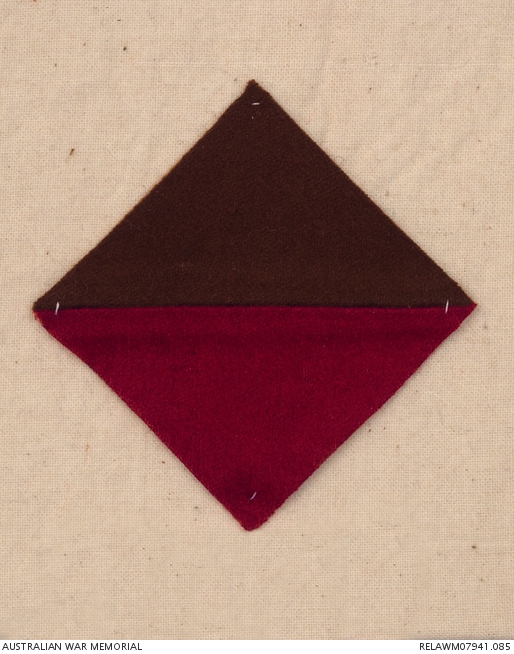
Edward Henry Halford BAIN was born 15 February 1893 in Hawthorn Victoria, to parents David and Kate Bain. He attended Scotch College and served four years in the Junior Cadets, one year as a Senior Cadet and two years in the Victorian Scottish Regiment. Edward attained the rank of Lieutenant in the Senior Cadets and retained this rank when he joined the 48th Battalion of the Citizen Military Forces(CMF). He gave up his career in the CMF when he purchased a wheat and sheep property at Picola, in 1915.
The Scotch College journal indicates Edward was doing well on his farm, however Dispatches from the front in Gallipoli were undoubtedly making headline news. It is written …
‘Edward felt that in view of the calls of duty and honour, he could adopt no other course of action than to enlist.’
Edward left the peaceful life of a grazier behind when he volunteered for Military Service on 15 February 1916, the day of his 23rd birthday.
Edward was allocated Regimental Number 5544 and originally assigned as a reinforcement to a Machinegun Battalion. While training, a wrist injury resulted in a period of convalescence after which he was assigned to the 23rd Infantry Battalion.

He left Melbourne for Plymouth, England, on 25 September 1916, and arrived on 11 November. After just one month in the U.K., Edward sailed for France on 13 December 1916. His father David wrote that Edward was an instructor in ‘bombing’ (the throwing of Mills bombs or grenades) and there is no doubt that his prior service in the CMF held him in good stead. It was by this time May 1917, Edward’s 23rd Battalion was about to enter into what would be known as the Second Battle of Bullecourt.

The First Battle of Bullecourt had been a tragedy for the 4th Australian Division. Their mission was to capture the Hindenburg Line near the village of Bullecourt. Instead of the standard preliminary artillery barrage to support the attack, it had been decided to employ a dozen tanks to lead the troops through the enemy’s barbed-wire. The tanks failed to fulfil the role of the artillery and the troops were exposed to murderous machine-gun and artillery fire. With the tanks burning on the battlefield, the Australians were forced back to their own lines with the loss of 3,000 men killed or wounded. The Official Historian Charles Bean was to say
‘Bullecourt, more than any other battle, shook the confidence of Australian soldiers in the capacity of the British command; the errors, especially on April 10th and 11th, were obvious to almost everyone’.

In the Second Battle of Bullecourt, the 3rd May 1917 was to be the 23rd Battalion’s bloodiest day of the war and Edward Bain was one of nearly 100 fatal casualties suffered by that unit.
Private Angus Shaw, who knew Edward well, wrote an account of seeing him lying dead near a bank, apparently killed by a piece of shell that had hit him in the body. Pvte. Shaw did not know if Pvte. Bain had been buried and it is likely his body was simply lost in the ebb, flow and carnage of an industrial war.
One can only wonder if in his last days, did Edward’s thoughts drift back to a more peaceful time in the Murray area that he called home? A time when he roamed the farm with this very shotgun, and the only worry on his mind was which paddock he should slash next …. and tending of spring lambs.
Edward Bain has no known grave and his name is commemorated at the Australian National Memorial in Villers-Bretonneux, France.
He was 24 years of age.
At the going down of the sun and in the morning, we at LERAA will remember them.
Sources/Links
Mr Andrew Bain
LERAA would like to gratefully thank Mr Andrew Bain for this donation. Thank you for sharing your family history which bring these artefacts to life.
Representatives of LERAA will be gathering on August 22nd to lay a poppy at Pvte E Bain’s AWM Roll of Honour plaque
